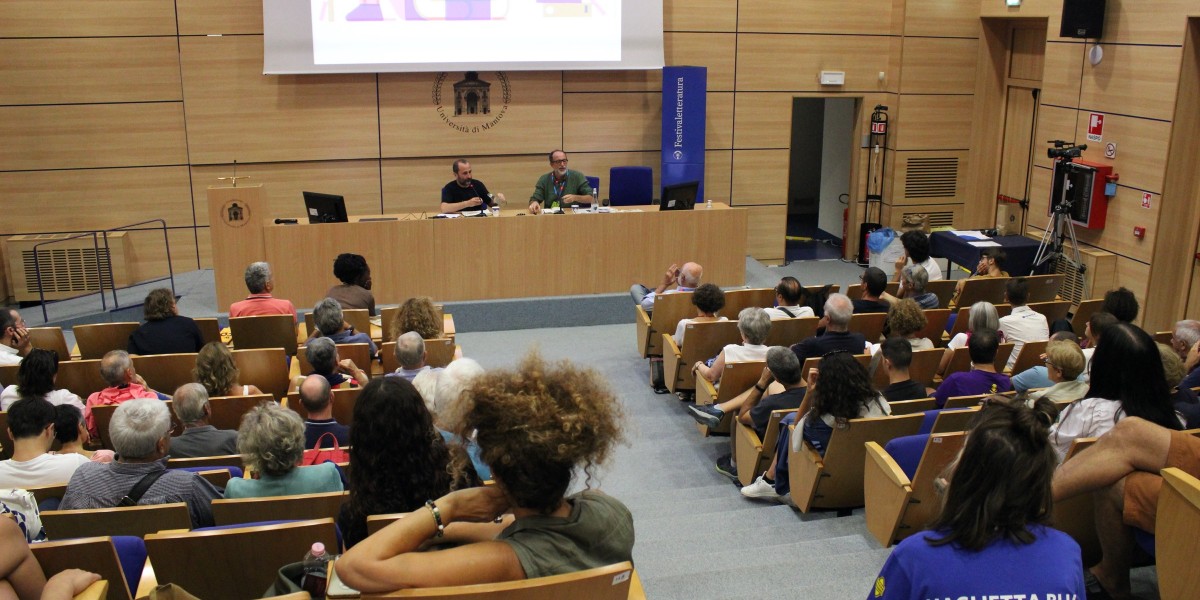
Urban mobility, societal change and technological disruption
Over the long run, successful technologies change our relationship with time: lamps extend daylight, medicines extend our lifespan, and the Internet makes communication instantaneous. The same is true of cars. And that is why, despite their many inconveniences, cars are so hard to replace. That is ground zero for the conversation on the future of urban mobility between Federico Ferrazza, Director of Wired Italia, and Luca Molinari, professor of Architecture in Naples.
In recent years, as interpersonal connections have become increasingly digital, mobility has changed completely: “When I was a teenager, I was begging my parents to buy me a scooter; teenagers today would rather beg for the latest smartphone” (Ferrazza). Nonetheless, cities are among the most polluted environments in the world, and our ability to rethink mobility is decisive in making cities greener, safer, and healthier.
On the other hand, the car industry itself is changing radically. In 1973, Italian designer Mario Bellini conceived the Kar-A-Sutra, a car 'to stretch out, sleep, smile, chat face-to-face, stand up, enjoy the sun, take photos, play cards, eat and drink, make love, buy a horse and a piano along the way'. Back then, the idea of a driverless car was just a fantasy; today, it is reality, and it could change our relationship with cars, commutes, and city space.
When thinking about urban mobility, we must experiment with new technical possibilities and safeguard individual freedoms. It is a fine line, but the world already offers many demonstrations ranging from radical political solutions, such as Tokyo’s narrow streets, capillar public transport, and no-car-without-parking policy, to hypertech daydreams such a St. Francisco’s driverless cars and data-driven intermodal street systems.
In this scenario of technological disruption and environmental crisis, “medium-sized Italian cities must be laboratories of courage,” says Molinari, “Their scale, sense of community, and cultural heritage offer a unique test-bed for innovative and sustainable solutions. That is the greatest challenge for administrations”.



